Celery: Important Facts, Health Benefits, and Recipes
Celery is a crisp and crunchy vegetable widely used in cooking and known for its low-calorie content and potential health benefits such as supporting digestion.
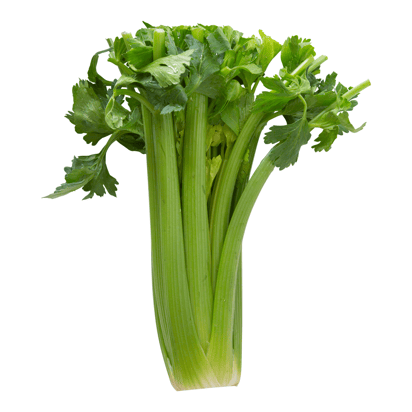
Best Celery Recipes
-
:max_bytes(150000):strip_icc()/__opt__aboutcom__coeus__resources__content_migration__simply_recipes__uploads__2012__10__celery-stir-fry-horiz-a-2000-5fea50feb6844f7b8cb23ee968011e43.jpg)
-
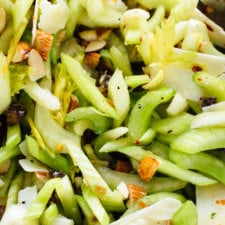
-
:max_bytes(150000):strip_icc()/__opt__aboutcom__coeus__resources__content_migration__simply_recipes__uploads__2011__12__celery-salad-hazelnut-horiz-a-1800-3335aeff4d21418c9e9fe3e93d31aeff.jpg)
-

-

-
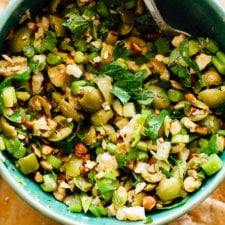
-
/__opt__aboutcom__coeus__resources__content_migration__serious_eats__seriouseats.com__recipes__images__2013__05__2013-05-22-asian-cucumber-avocado-salad-a9dbb872724a4864bbac8acd044d3a3b.jpg)
-
:max_bytes(150000):strip_icc()/__opt__aboutcom__coeus__resources__content_migration__serious_eats__seriouseats.com__2018__10__20180913-wild-rice-side-dish-vicky-wasik-16-c1666b3b375547dfbe6d65efcef8575a.jpg)
-
![Celery Root Puree with Balsamic Roasted Beets and Pearl Onions Image]()
-
![Warm Spanish-Style Giant-Bean Salad With Smoked Paprika and Celery Recipe Image]()
-
![Carrot and Rye Berry Salad With Celery, Cilantro, and Marcona Almonds Recipe Image]()
-
![Celery Cilantro Cocktail Image]()
-
![Matchstick Apple and Celery Salad Image]()
-
![Celery Salad Image]()
-
![Edamame Basil Hummus Image]()
-
![Creamy Avocado Yogurt Dip Image]()
-
![Shrimp and Vegetable Salad Image]()
-
![Buffalo Chicken Dip Image]()
-
![Homemade Ranch Veggie Dip Image]()
-
![Hot Flash Celery Salad Image]()
-
![Holiday Charcuterie Board Appetizers Image]()
-
![Classic Shepherd's Pie Recipe Image]()
-
![Spinach Dip Red Cabbage Bowl Image]()
-
![Epic Easter Entertaining Snack Board Image]()
-
![Game Day Charcuterie Board Image]()
-
![Epic Retro SPAM Charcuterie Board Image]()
-
![Game Day Smokey Jarlsberg Dip Recipe Image]()
-
![Vegetable Appetizer Platter and Dip for the Holidays Image]()
-
![Baked Shrimp Dip Image]()
-
![Ritz Cracker Easter Snack Board Image]()
-
![Avocado Feta Dip Image]()
-
![Grilled Buffalo Shrimp Image]()
-
![Buffalo Cauliflower Bites Image]()
-
![Halloween Snack Board Image]()
-
![Hot and Spicy Baked Chicken Drumettes or Wings Recipe Image]()
-
![Chicken Wings Recipe From the Anchor Bar in Buffalo, NY Image]()
-
![Classic Game Day Board Image]()
-
![Mom’s Roast Turkey Recipe {a Classic} Image]()
-
![Slow Cooker Honey Buffalo Chicken Wings Recipe Image]()
-
![Cream of Celery Soup Recipe Image]()
-
![Curry Rice Salad Recipe Image]()
-
![Slow Cooker Spinach Feta Dip Recipe Image]()
-
![Cabbage Soup Diet Recipe and Instructions Image]()
-
![Croatian Stuffed Cabbage Recipe Image]()
-
![Buffalo Chicken Wings Image]()
-
![7-Layer Buffalo Chicken Dip Recipe Image]()
-
![Blue Cheese and Toasted-Pecan Dip Recipe Image]()
-
![Celery Soup With Peanut Crumble and Pickled Grapes Recipe Image]()



:max_bytes(150000):strip_icc()/__opt__aboutcom__coeus__resources__content_migration__serious_eats__seriouseats.com__recipes__images__2015__02__20150218-gigantes-bean-salad-2-2dac55a8656247d5a6c75659ca5d4103.jpg)
:max_bytes(150000):strip_icc()/__opt__aboutcom__coeus__resources__content_migration__serious_eats__seriouseats.com__recipes__images__2014__02__20140220-rye-carrot-salad-de8035a092574a88a355cb56075f2396.jpg)

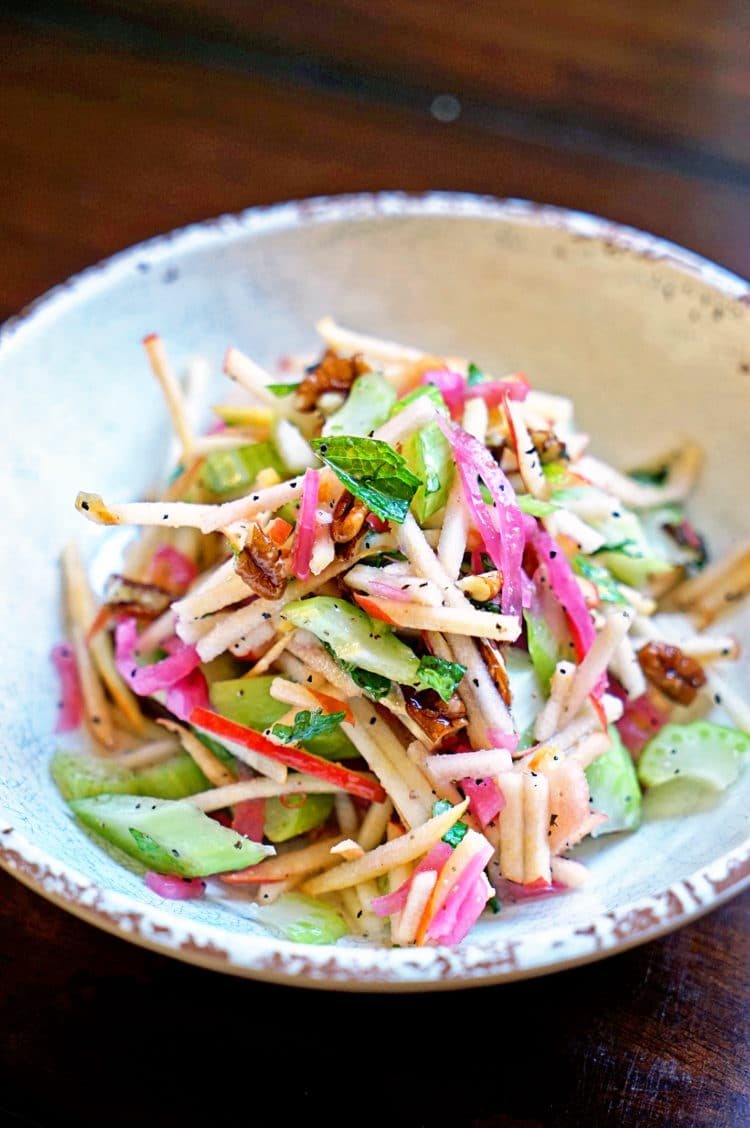

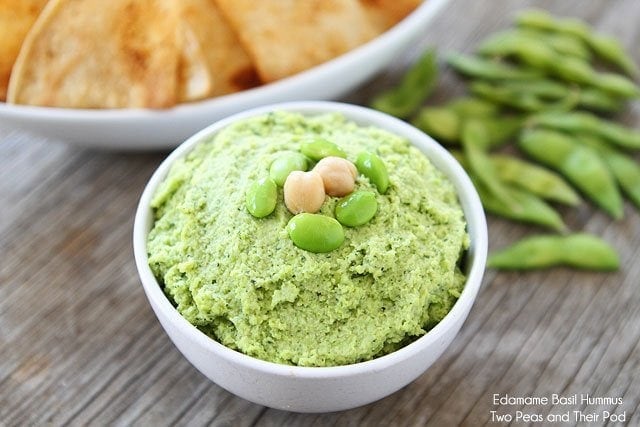
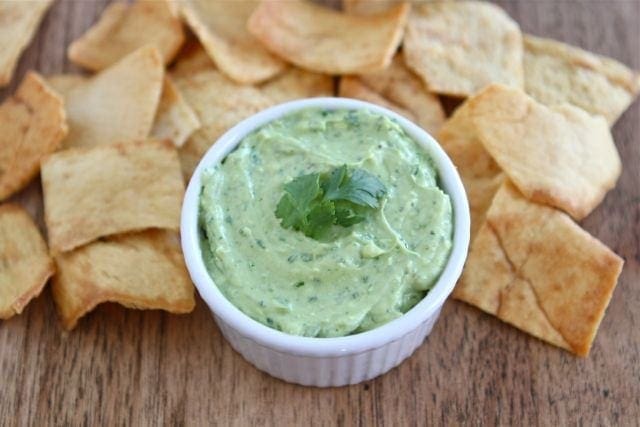
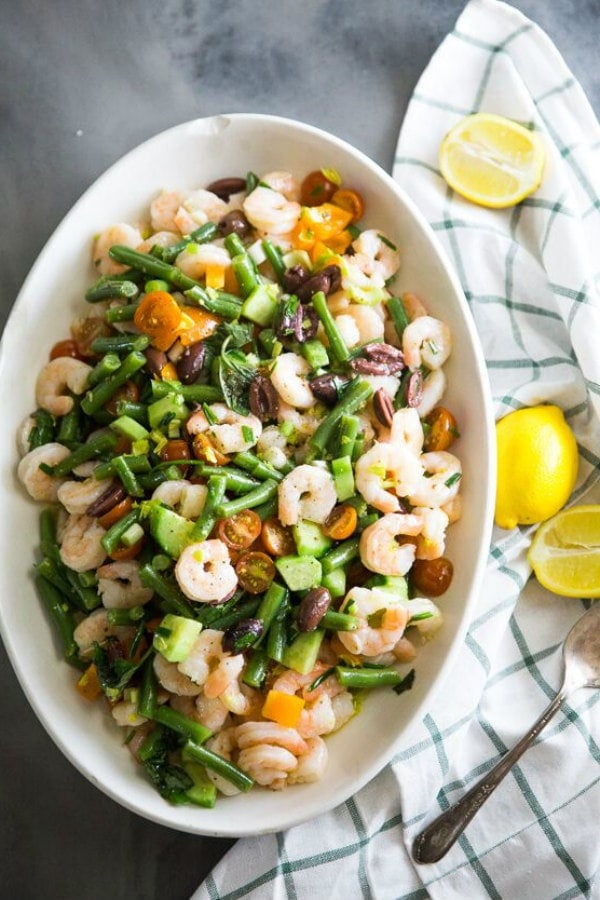
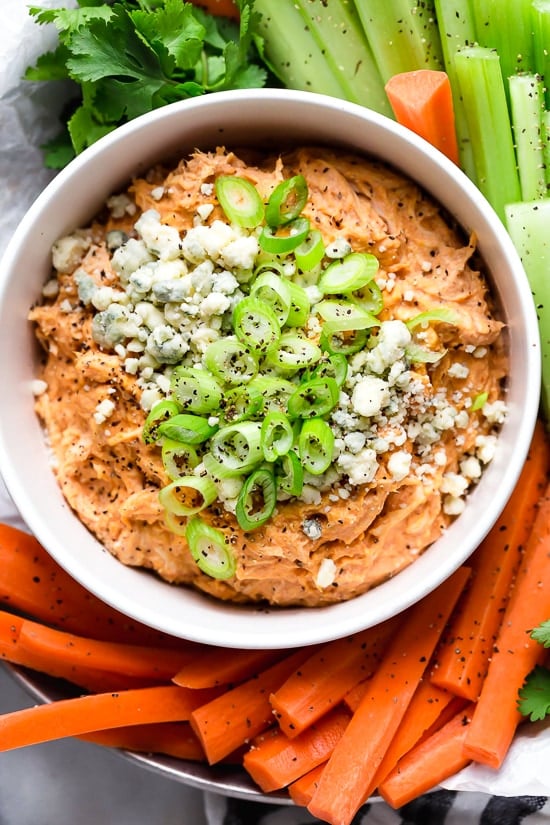
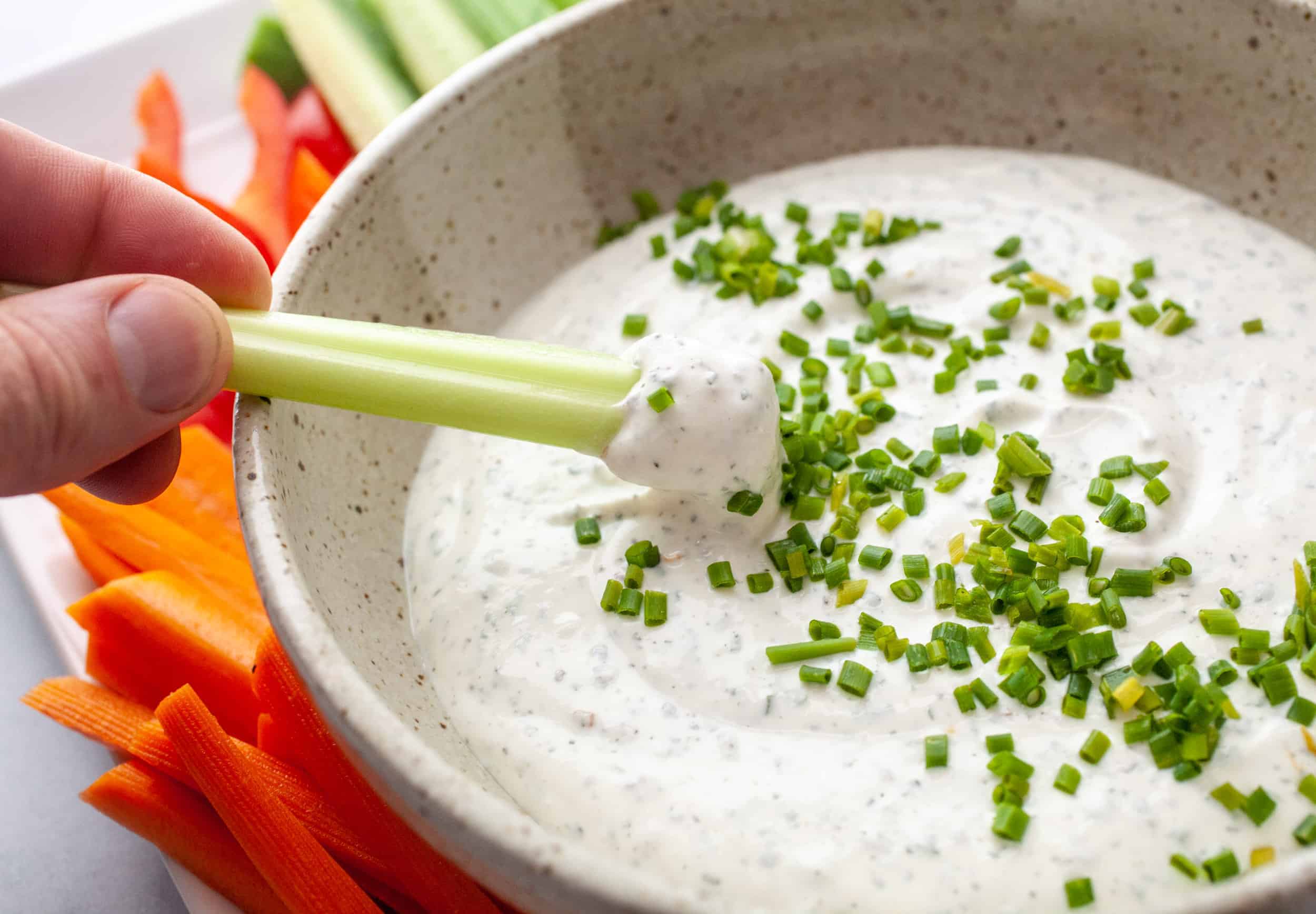
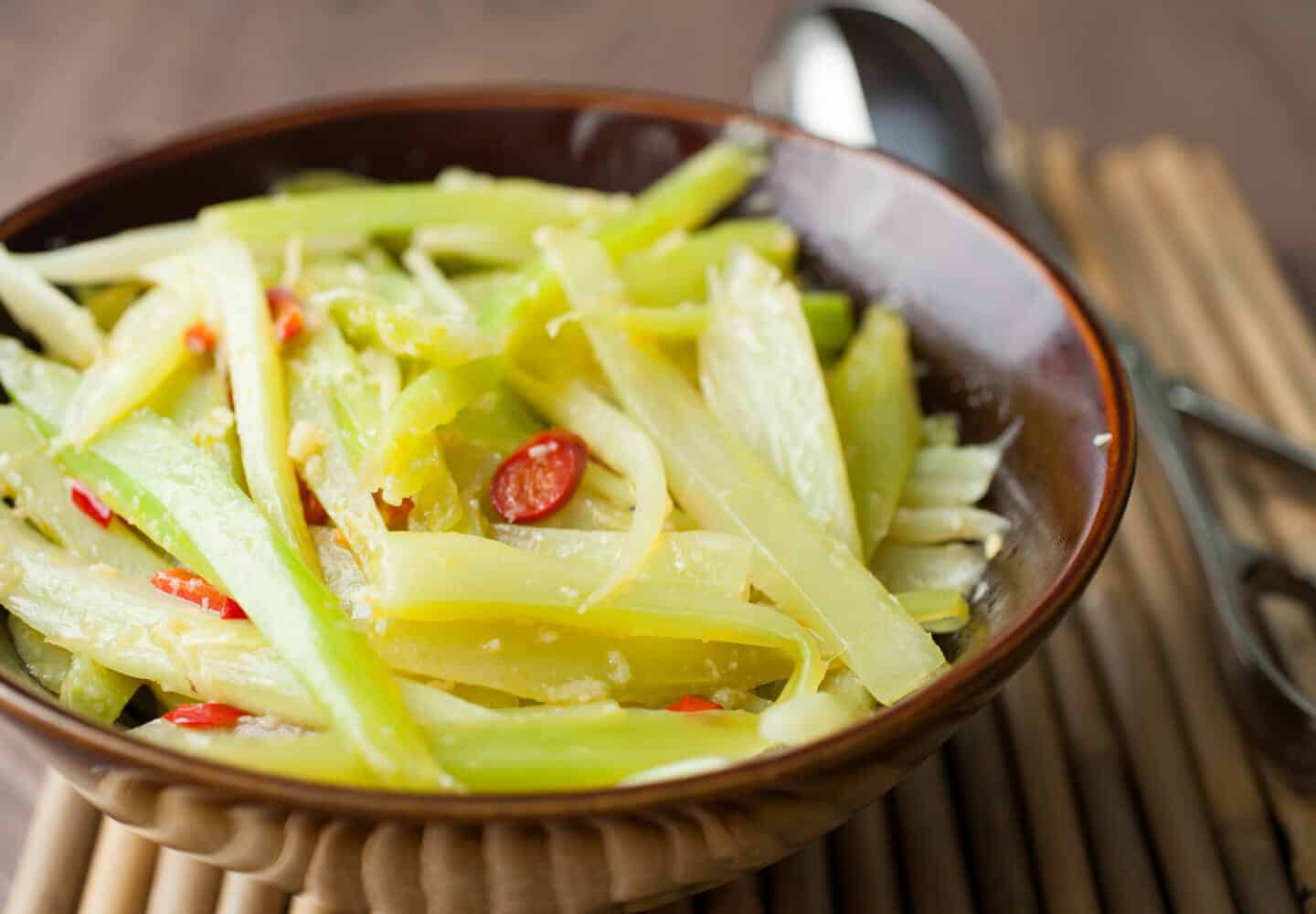











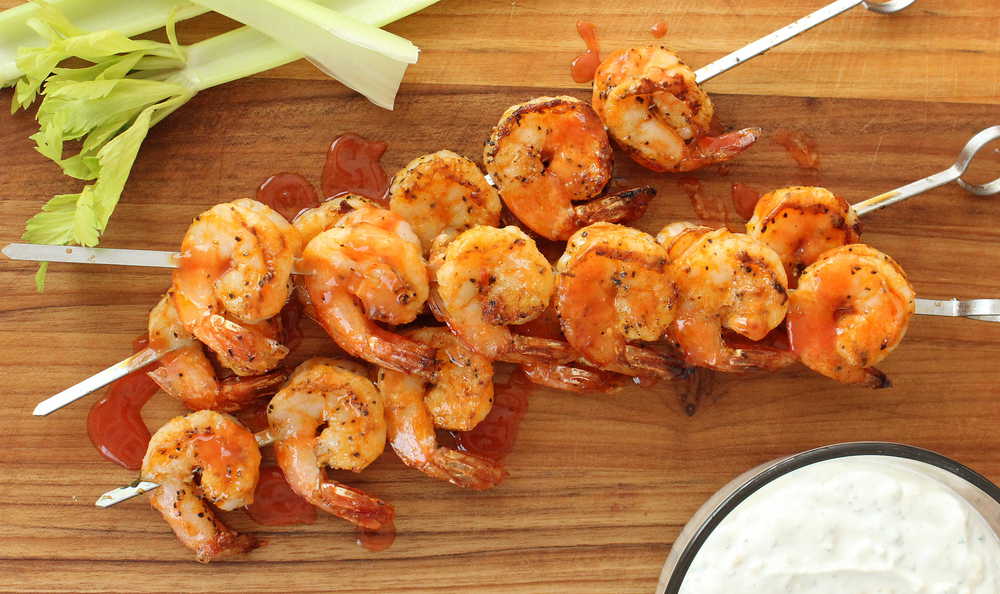


:max_bytes(150000):strip_icc()/hot-and-spicy-chicken-drumettes-3053269-hero-01-c162ee93a4ef4a76be66a26524c538b9.jpg)
:max_bytes(150000):strip_icc()/anchor-bar-buffalo-chicken-wings-recipe-100970-hero-01-5bdcc68dc9e77c0051df4f8f.jpg)

:max_bytes(150000):strip_icc()/__opt__aboutcom__coeus__resources__content_migration__simply_recipes__uploads__2020__11__Moms-Roast-Turkey-LEAD-5-b12b705ad8b84695ba865b34969786e8.jpg)
:max_bytes(150000):strip_icc()/__opt__aboutcom__coeus__resources__content_migration__simply_recipes__uploads__2019__09__slow-cooker-honey-buffalo-wings-lead-4-42e2c7541715417280659c958c10bb02.jpg)
:max_bytes(150000):strip_icc()/__opt__aboutcom__coeus__resources__content_migration__simply_recipes__uploads__2014__02__creamy-celery-soup-horiz-a-1800-068bb3f2bcd94ce8af3ea0cf41db51f8.jpg)
:max_bytes(150000):strip_icc()/Curry-Rice-Salad-Simply-Recipes-Lead-Shot-5b-abbb54e5c78843a48124d5807705e6a3.jpg)
:max_bytes(150000):strip_icc()/__opt__aboutcom__coeus__resources__content_migration__simply_recipes__uploads__2020__01__Slow-Cooker-Spinach-Dip-LEAD-2-1469fe68674f48dba770b39683e6c516.jpg)
:max_bytes(150000):strip_icc()/one-week-cabbage-soup-diet-3061110-hero-01-a051193c13f142eeac300b2731c5cb57.jpg)
:max_bytes(150000):strip_icc()/GettyImages-77352729-582f0d673df78c6f6a00166b.jpg)

:max_bytes(150000):strip_icc()/__opt__aboutcom__coeus__resources__content_migration__serious_eats__seriouseats.com__recipes__images__2016__02__20160129-7-layer-buffalo-chicken-dip-finished-morgan-eisenberg-9319e544238247888b12fb6aca03edd3.jpg)
:max_bytes(150000):strip_icc()/__opt__aboutcom__coeus__resources__content_migration__serious_eats__seriouseats.com__2018__11__20181112-blue-cheese-and-toasted-pecan-dip-overhead-morgan-eisenberg-b0f0aea4b8c6418485e7541bf8bc3126.jpg)
:max_bytes(150000):strip_icc()/__opt__aboutcom__coeus__resources__content_migration__serious_eats__seriouseats.com__recipes__images__2017__10__20171012_Celery-Soup-EmilyDryden--2-c24a7bb40f864e9cab34233e66dc7933.jpg)